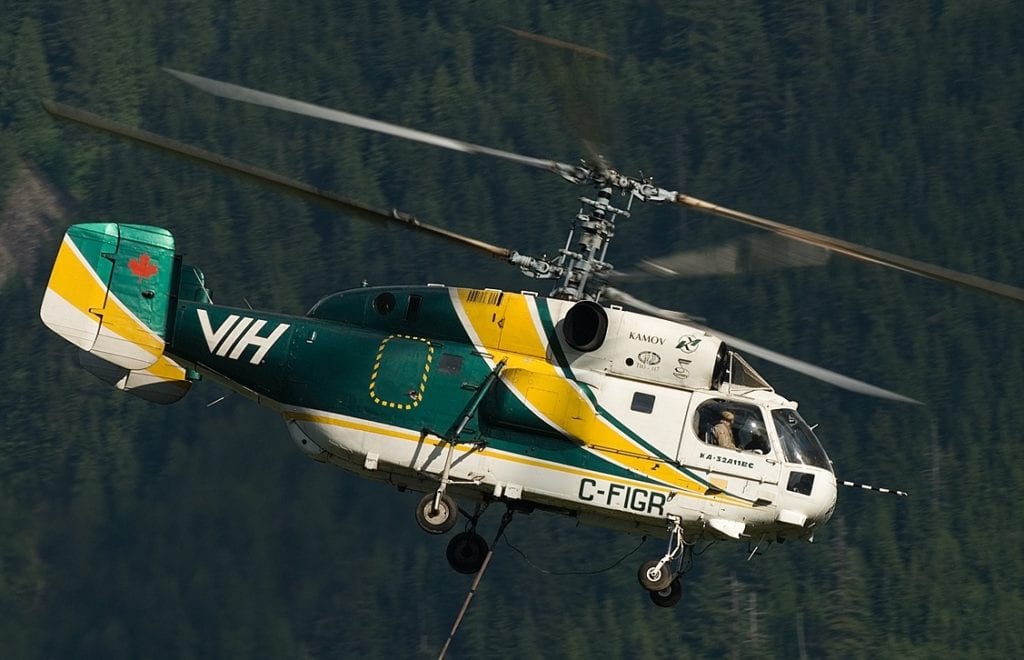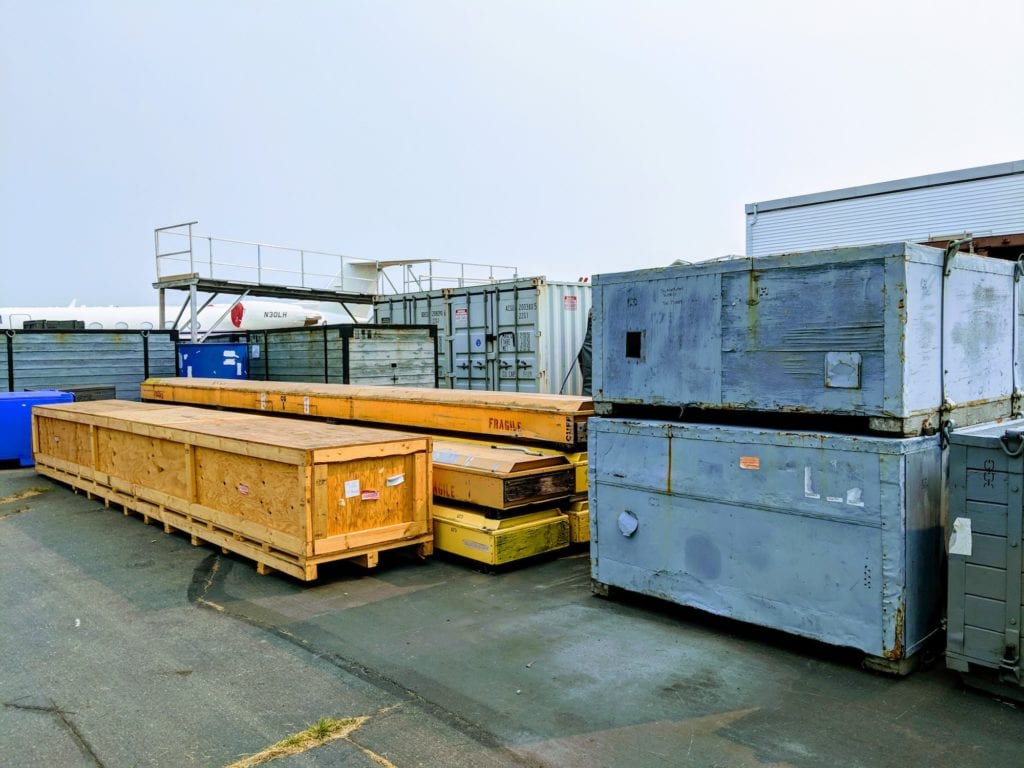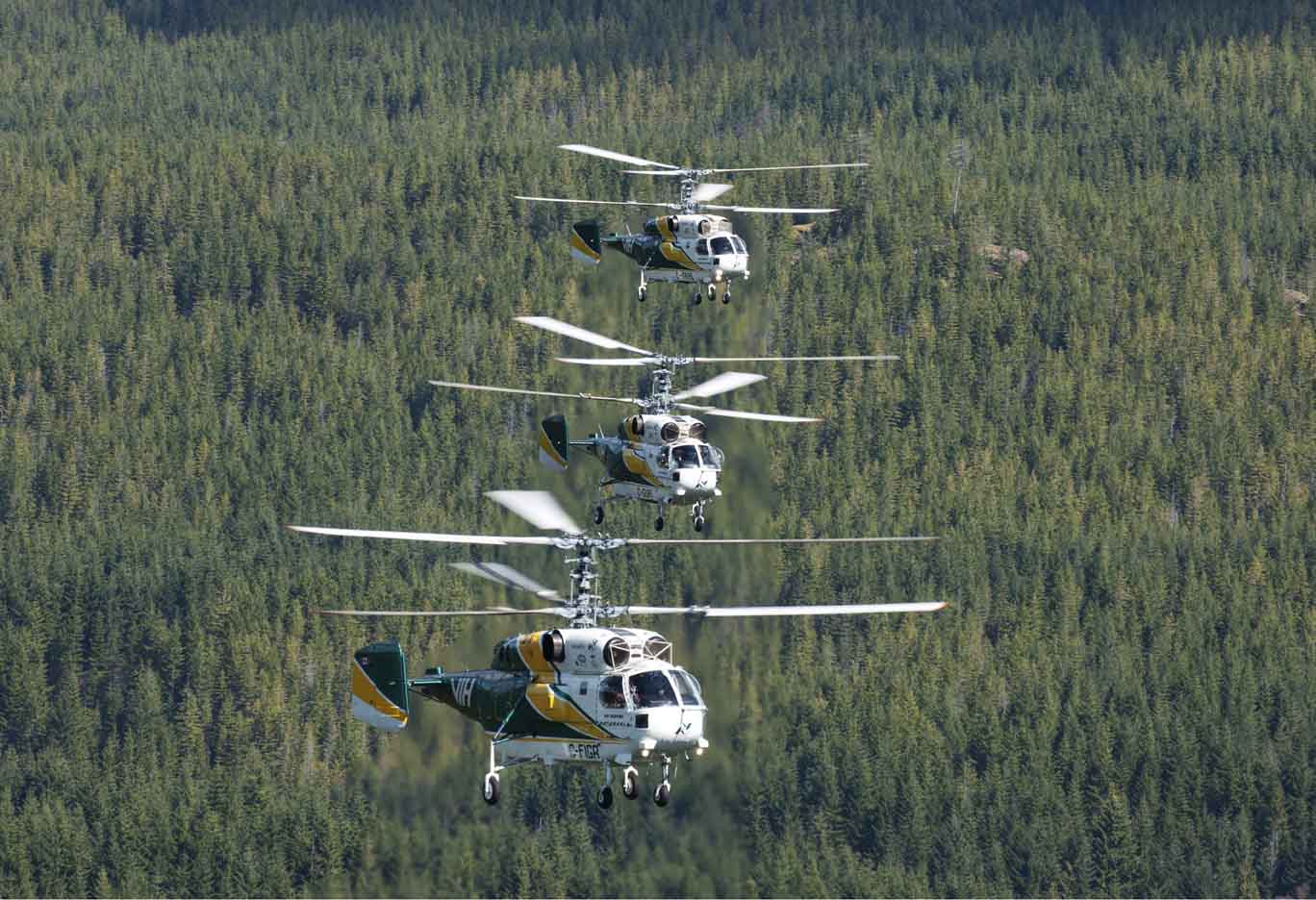It takes a lot of maintenance to keep the Russian-built Kamov KA-32, one of the toughest, most powerful helicopters in the world, airborne. And they have to remain in tip-top shape in order to fight massive forest fires at a moment’s notice and haul some of the heaviest lifts needed to build large-scale infrastructure projects.
So how does the small Canadian company VIH Helicopters keep the copters flying? By conforming to the “Canada-nice” stereotype and staying unfailingly polite when dealing with Russian and Ukranian parts suppliers across language and cultural divides.
“Even though we’re the purchaser and end client, it’s important to build relationships in Russia in order to make sure our service team has the parts they need,” says Didier Moinier, senior vice president of business development at VIH.
From Hunting Subs to Hauling Drills
Based at a small airport the southern tip of Vancouver Island, about 40 minutes north of Seattle by air, VIH Helicopters is the only North American operator of the Kamov KA-32. Originally designed as a sub hunter for the Soviet navy during the Cold War, the twin-engine KA-32, which is still in production, combines reliability, endurance and sheer power to carry out some of the most demanding missions in the world.
“We originally started flying the Kamov in 1997 for helicopter logging,” says Moinier. “One of our Kamovs has just returned from dam-building project in the Andes, lifting 10,000-pound rock drills and vent chimneys.”
Since temperatures in the Andes can quite get warm even at an altitude of 8,000 feet, and due to the thin air density, it is more difficult for helicopters to generate lift to transport heavy loads. But the Kamov has the power to do the job.

The Kamov KA-32. Image: Ron Hackett.
“In the world of helicopters, the Kamov KA-32 is unique,” says Moinier. “The Kamov has two rotors that counter-rotate. This means there’s no tail rotor to counter the torque effect created by the main rotor, so all 2,500 horsepower goes to the main rotors to provide lift.” He adds that VIH’s Kamovs typically fly 220 hours a month, making the helicopter extremely cost-effective to operate.
From Russia with Love (and Spare Parts)
Keeping the Kamovs in full working order takes a dedicated team of service professionals — and robust, open lines of communication with suppliers in Russia.
“Each helicopter has a crew chief who always stays with the same machine, and the chief engineer works with a second engineer who may eventually become a crew chief,” Monier says. Crew chiefs and other service techs live all over Canada. Typically, teams travel wherever their helicopter is deployed and stay for the duration of the mission.

Spare parts for the Kamov KA-32. Image: Nevin Thompson.
Since it’s actually cheaper and much quicker than dismantling the Kamovs and transporting by transport aircraft, the helicopters are flown rather than transported to a worksite.
“Flying at 130 knots, it takes 15 days, or 65 hours of flight time, to fly a Kamov down the West Coast to Chile ,” says Moinier. “It’s easy — just keep the ocean on your right on the way down, and on your left on the way back up.”
A maintenance team travels with a plethora of parts, including spare transmissions that can be swapped in should a problem arise in the field. Keeping track of spare parts is a challenge in itself: VIH keeps engines, rotor blades and more stacked in wooden and grey boxes stamped with Cyrillic lettering that crews must accurately decipher.
And to keep the necessary parts flowing, VIH has a pair of workers in Russia and Ukraine — companies in both countries hold the license to manufacture Kamov components — to navigate bureaucratic roadblocks.
“We have two employees in Russia who help us source parts from the OEM and take care of customs and export controls,” says Moinier. He has traveled to Russia and Ukraine numerous times to help purchase new helicopters, acquire spare parts and manage relationships.
“It’s a different mentality in Russia,” Moinier says of his interactions with his Russian liaisons. It’s challenging at times to bridge the cultural gap, but in the end he feels it’s worth it for one simple reason: “Everything works. The helicopters are very reliable.”
As an example, he points to a recent project in Brazil where the Kamovs helped install an 800-kilometer pipeline.
“The Kamovs flew 1,000 hours in eight months,” Moinier says. “Two engineers were on-site doing all of the maintenance. They had to change the gearbox and a couple of the engines, but the Kamovs kept flying.”


Share this: